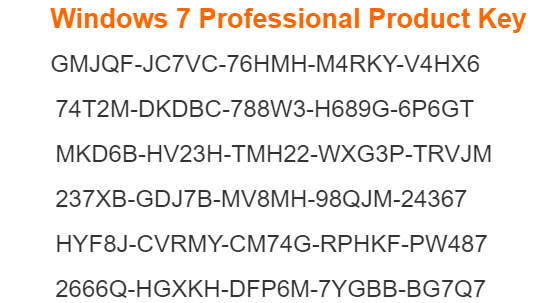

It is full offline installer standalone setup of Java SE Development Kit 2021. Regardless of how it works, if you need to target a mobile device for a JavaFX deployment, I advise that you check with Gluon and their mobile development, packaging and deployment solutions.Java SE Development Kit 2021 Free Download Latest Version. I believe it is different from a jpackage solution and instead relies on native compilation using GraalVM (but I could be wrong, I haven't investigated it). Gluon provides JavaFX support for various mobile architectures via Gluon Mobile. Most people won't need this, but if interested see the (minimal) Monocle documentation. windows are managed purely by JavaFX, not an X-windows window manager and not the Windows OS window manager) and may use Software rendering rather than Hardware rendering. a server) and provides a version of JavaFX that does not use an OS-provided windowing system (i.e.

This is targeted to embedded devices, or headless (no display, e.g. In addition for some platforms, there are builds with the -monocle suffix in the classifier, also available in 32 bit and 64 bit flavors for various OS types. If no classifier is provided, I think the build will examine your current operating environment and choose the best fit. The comments are just my guesses on what these are, not official documentation: This is based just on a quick look at the classifier extensions available for binary jars in the JavaFX Maven repository. If a Mac is your target device, Mac OS X does not support 32-bit apps, hence there are no 32 bit Java/JavaFX builds for Mac, only 64 bit builds targeting either Intel chips or the new Apple M1 chips.Įxamples of supported architectures for which there are binary JavaFX builds. Again, Azure Zulu (and possibly other JDK vendors) provide 32-bit JDK builds that you can use. If you go that route, you need to make sure that you choose the appropriate underlying JDK correctly when doing the packaging (choose a 32-bit JDK build rather than a 64-bit JDK build). You can select from a specific architecture (or combination of architectures) as a dependency in Maven using a classifier, similar to this example (without the shading).

JavaFX packages in Maven central are available for various OS and 32-bit or 64-bit platform architectures.

I won't supply the full steps on how to use jpackage here, as that is documented and discussed elsewhere.įrom comments by the original poster, this method worked:Īzul JDK worked perfectly in windows (I'm using windows, and my client (who has 32 bit OS) also uses windows) When doing so, (I think) it won't be necessary to supply JavaFX Maven dependencies as the JavaFX modules will already be available from the Azul JDK+JavaFX platform distribution. Switch your app to use that and package it using that JDK. Yes, you can make an installable 32-bit version of a JavaFX app using jpackage (Java 17).Īzul Zulu provide 32 bit JDK+JavaFX 17 downloads for various platforms.


 0 kommentar(er)
0 kommentar(er)
